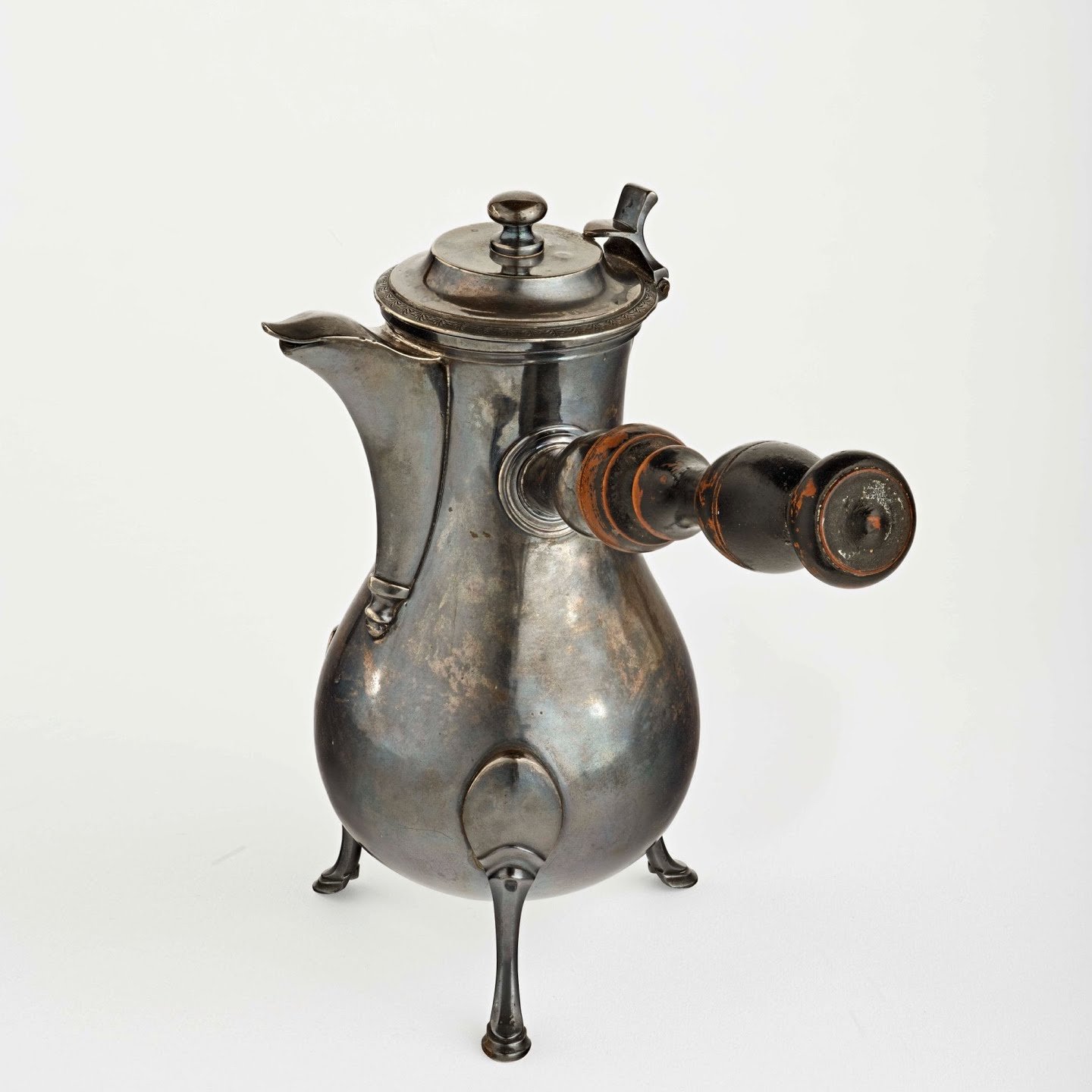I lived in London in the 1980s. It was a great place. It had lots of pubs. I helped the local economy by visiting at least one pub on an almost daily basis. Our local was the Asylum Tavern in Peckham (on the site of a former mental hospital). Then at lunchtime there were half a dozen to choose from within easy walking distance of my work at the famous intellectual magazine Metal Bulletin.
London also had galleries, museums, theatres, a world-famous opera house, arthouse cinemas and exotic restaurants. But despite the best efforts of my mother to broaden my horizons, mostly I just went to the pub.
Which is a shame really, as now I live in New Zealand I miss the opportunity of all those amazing galleries, museums and theatres - on tap, seven days a week, 364 days a year. I miss the pubs too, but less.
So, during a very brief stay in London catching up with lovely family and friends, I did sneak into a couple of galleries. First Tate Britain, where I gazed at Henry Moore and wondered, not for the first time, how he can make vague rounded lumps so obviously human. Brilliant.
Then after lunch I went to the Royal Academy, which has a clever exhibition, Matisse in the Studio, where they link his artistic work with the objects he collected, and point out how the latter influenced the former. Sometimes it was just that he put his favourite things (a French chocolate pot, a Venetian chair, a Moroccan wall hanging etc) in his still lives, or as backgrounds to his portraits. Here is the pot that he used to make his hot chocolate, et here it is again in this painting. Spot the differences.
The curators also demonstrate how Matisse's growing ethnic collection - from African sculpture and masks, to North African fabrics, to Chinese calligraphy - influenced how he painted. Like the contemporary woman sitting in a chair, whose long neck, pointed triangle breasts and ramrod straight posture are just like those in several of his African figurines. Or how the paper cut-outs he did at the end of his life resemble Chinese characters.
A piece of Chinese calligraphy, which Matisse kept in his studio as inspiration, surrounded by his own later paper cut-our work. Spot the similarities.
I would never have noticed, but display the two side-by-side and even I get the gist.
The exhibition has received a bit of bad press, slated by one Guardian reviewer, for example, as being at best a trivial collection of uninteresting nick nacks, and at worst a celebration of an artist misappropriating ethnic art for his own (sometimes sordid) purposes.
Fortunately I'm not an art critic. I thought it was great.
And then I went to the pub.






